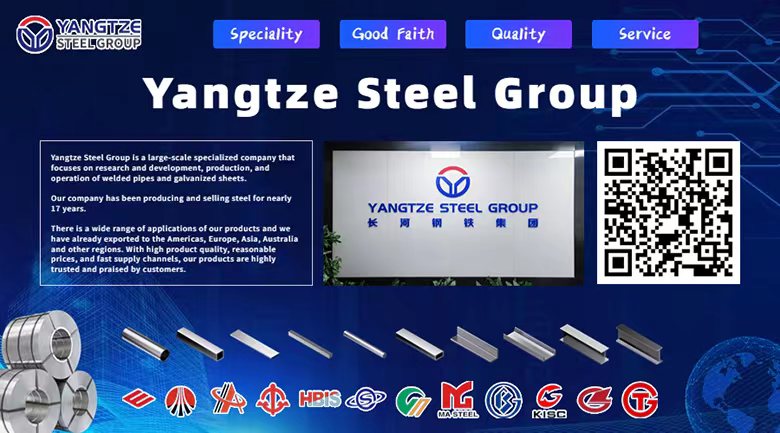What are the requirements for the inner and outer surfaces of oil casing?
Oil casing is used for oil drilling, mainly to support the well wall during drilling and after completion, to ensure the normal operation of the drilling process and the entire oil well after completion. The following requirements are imposed on the inner and outer surfaces of oil casing:
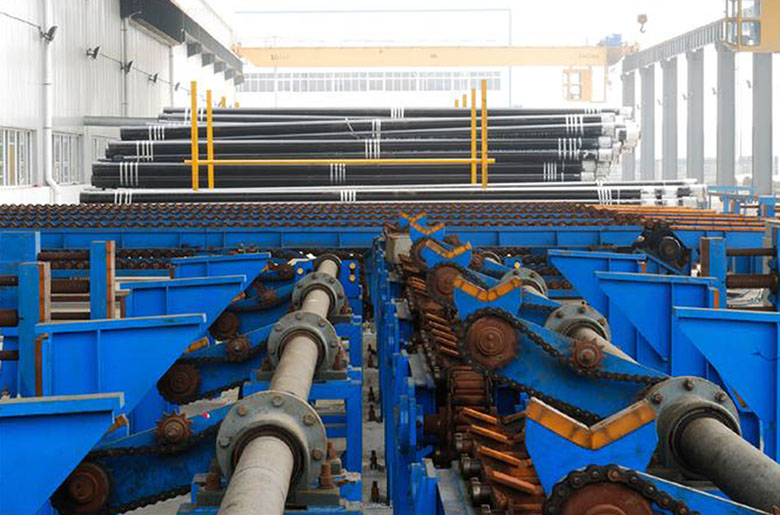
1. No defects: There shall be no defects such as folding, hairline, delamination, cracks, rolling and scarring on the inner and outer surfaces. These defects may affect the strength and sealing of the casing and must be avoided.
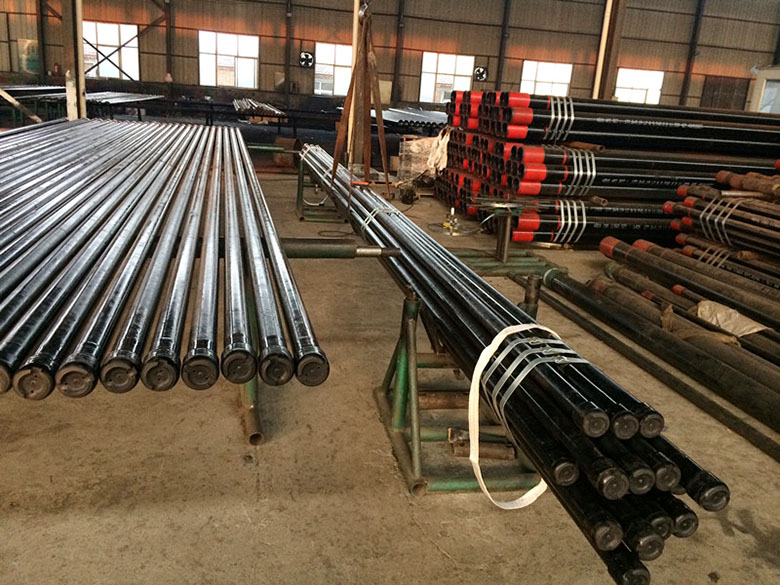
2. Defect removal: If the above defects exist, the removal depth shall not exceed 12.5% of the nominal wall thickness. This provision ensures that the strength of the casing will not be greatly affected after the defects are removed.
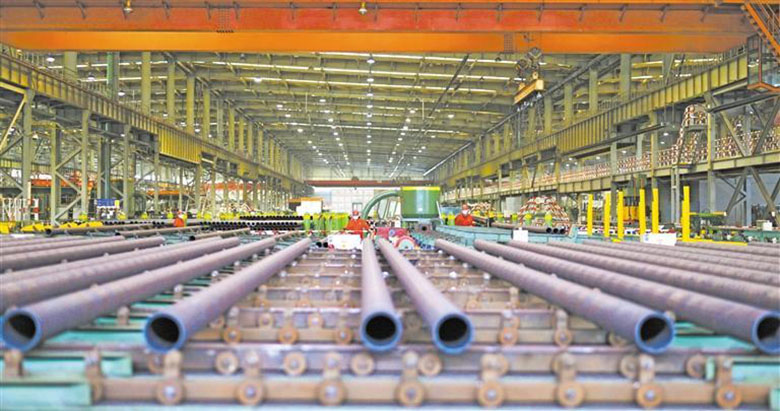
3. Smooth surface: The inner and outer surfaces of the oil casing and its couplings should be smooth, without burrs, tears and other defects that affect strength and tight connection. In particular, the threaded surface should be kept smooth to ensure the tightness and strength of the connection.
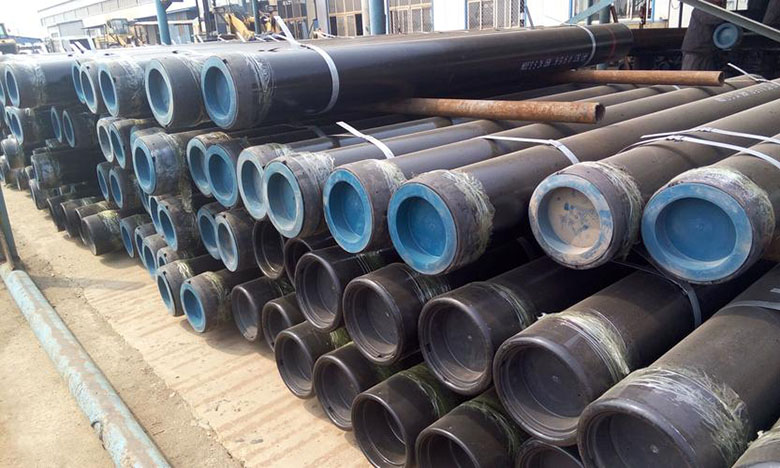
4. Chemical composition: The oil casing must also meet specific chemical composition requirements, such as sulfur content and phosphorus content, to ensure its corrosion resistance and physical properties.
In summary, strict requirements are imposed on the inner and outer surfaces of oil casing. Defect-free, smooth surface and compliance with chemical composition standards are the basic requirements to ensure the performance and safety of the casing during oil extraction.
